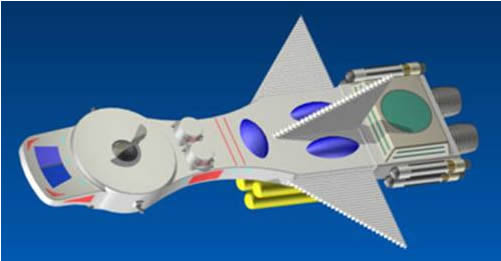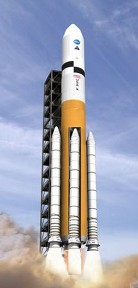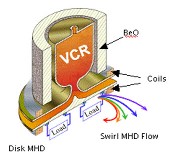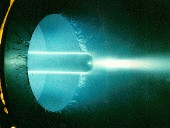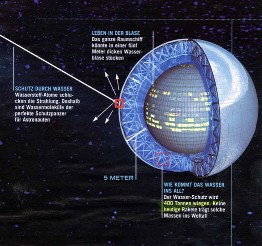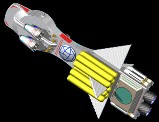 | ||||||||||||||||||||||||||||||||||||||||||||||||||||||||||||||||||||||||||||||||||||||||||||||||||||||||||||||||||||||||||||||||||||||||||||||||
 |
||||||||||||||||||||||||||||||||||||||||||||||||||||||||||||||||||||||||||||||||||||||||||||||||||||||||||||||||||||||||||||||||||||||||||||||||





| ||||||||||||||||||||||||||||||||||||||||||||||||||||||||||||||||||||||||||||||||||||||||||||||||||||||||||||||||||||||||||||||||||||||||||||||||
The step into the cosmos
Technology of the TRITON-spaceship Interplanetary departure 

|
||||||||||||||||||||||||||||||||||||||||||||||||||||||||||||||||||||||||||||||||||||||||||||||||||||||||||||||||||||||||||||||||||||||||||||||||
Technology of the TRITON-spaceship |
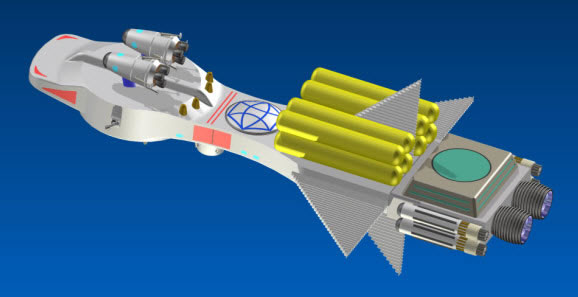 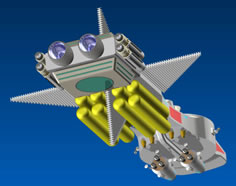
|
|||||||||||||||||||||||||||||||||||||||||||||||||||||||||||||||||||||||||||||||||||||||||||||||||||||||||||||||||||||||||||||||||||||||||||||||
The key issue of this PLAN is the construction of human base-stations spread across the entire solar system – as the 1st step towards the flight to the nearest STARS. Bob Gersham – of JPL in California, has phrased it as follows: The FUTURE of the conquest of the SOLAR SYSTEM is in the hands of the mastery of PROPULSION TECHNOLOGY!!! Subsequently we will define the necessary requirements on the deployed ENGINES for the interplanetary flight, as the main points for a fundamental „SPACE MANAGEMENT“. REQUIRED: High spaceship velocity Requirements on the engines

The technical core-functions, summed up in the XIV-points below, enable the construction of such a spaceship as the TRITON-IV, which is planned as a solely global collaboration, as a pure „humanity project“. 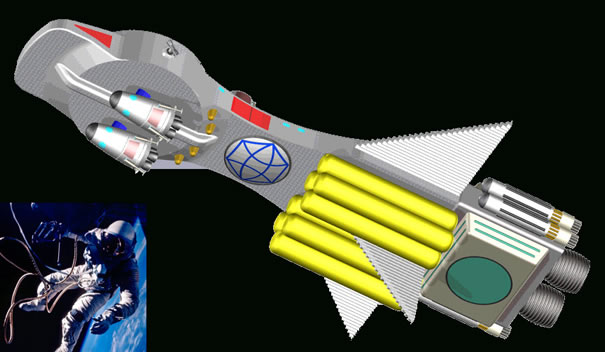 Interplanetary 170m long spaceship TRITON: Hybrid propulsion system,
consisting of a thermonuclear double engine and 4 plasma thrusters. The essence of the developed PROJECT-points of the following chapters is the subsequent determined
The hereby structured totality of project points to be set globally such as
lay the foundation of the construction of the TRITON spaceship, and will be explained in detail in the section “space management subprojects”
|
||||||||||||||||||||||||||||||||||||||||||||||||||||||||||||||||||||||||||||||||||||||||||||||||||||||||||||||||||||||||||||||||||||||||||||||||
© Copyright 2018 - DI. Dr. techn. Joachim Achleitner Imprint |
||||||||||||||||||||||||||||||||||||||||||||||||||||||||||||||||||||||||||||||||||||||||||||||||||||||||||||||||||||||||||||||||||||||||||||||||
